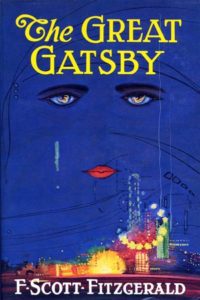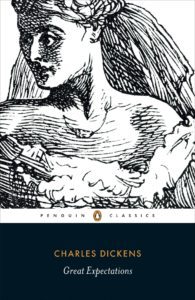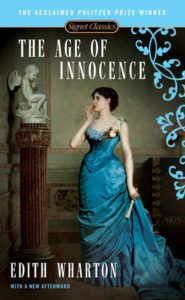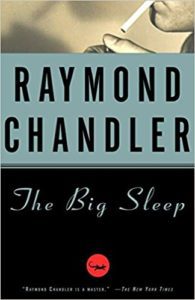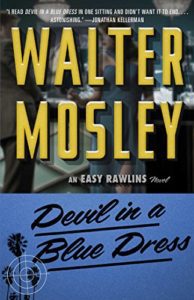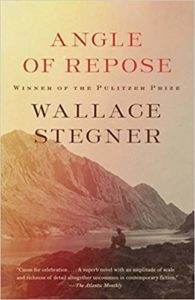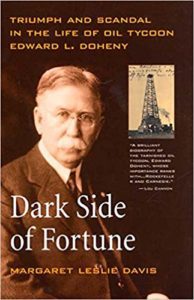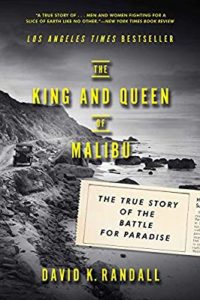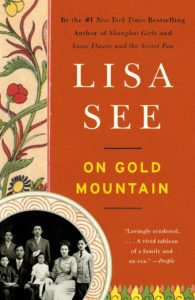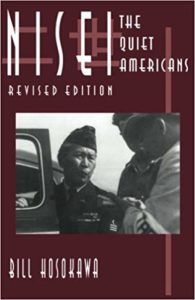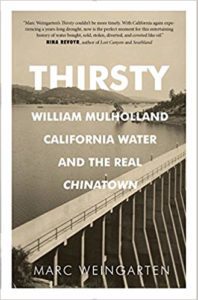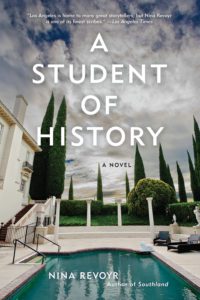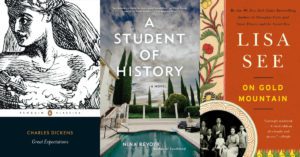
I was influenced by two kinds of books during the long writing and gestation process of A Student of History. First I was inspired and sometimes agitated by novels about class, history, or both. Then I delved deep into biographies and accounts of real figures in the history of California and the West.
I love many of these books, especially the novels, and I think class remains the great American subject—especially at present, when income inequality is so extreme, and we see regular displays and even celebrations in media of the excesses of wealth. But what’s missing in these stories—as ever—is race, and how race intersects with questions of wealth and privilege. I wanted to write my own story of class, but to set it in a geographic, social, and racial context that’s more reflective of current day America.
These books helped show me what was possible, and also what still needed to be told.
***
The Great Gatsby by F. Scott Fitzgerald
So much has already been said about this book: the distinction between old and new money; the carelessness of the super-wealthy; the ways that Gatsby and Nick Carraway are imposters in the world of the Buchanans. But what most impresses me about this book is how much Fitzgerald is able to do in so few pages. It’s a clean, compressed, efficient story, complex and layered despite its brevity. I wanted to try and create a similar effect—to up the ante by tightening the narrative vice.
Great Expectations by Charles Dickens
I love this book so much, more so with every reading. There are some clear nods to it in my own book—the boy from a blue collar family; the rich, fabulous older woman; the beautiful, elusive young girl. As Pip moves into his new, more privileged life, he distances himself from his beginnings and starts to take on airs. You feel for him, you want to warn him, you want to give him a good shake. And that’s something else I really wanted to emulate: a sympathetic character who’s also the instrument of his own downfall. If Pip were simply a victim—or if Rick were in my book—that would be much less interesting.
The Age of Innocence by Edith Wharton
My favorite Edith Wharton novel is actually Ethan Frome—another intense, compressed book. But The Age of Innocence was my first view into upper class society—albeit in New York, and in the nineteenth century. Still, it was interesting and useful to eavesdrop a bit on the lives of really rich people, long before I knew I’d ever meet any.
The Big Sleep by Raymond Chandler
Probably my favorite Chandler novel. I love seeing LA through his eyes, how sharp and steamy it always seems, all the dark undercurrents. Here, Marlowe’s interactions with the Sternwood family were the real prize. The scene where Marlowe first visits the Sternwood mansion—his descriptions of the front entrance and hall, the cold grandiosity—definitely informed the scene in my book where Rick first meets Mrs. W—.
Devil in a Blue Dress by Walter Mosley
Walter Mosley’s debut is still my favorite of his books. It blew my mind the first time I read it because it depicted a Los Angeles I recognized—and one that wasn’t often captured in books and movies. In all his Easy Rawlins mysteries, Mosley paints a multiracial picture of the city—black, white, Asian, and Latino. Devil injects race into the genre of mystery—and directly takes on the mystery of race.
Angle of Repose by Wallace Stegner
Just an absolutely wonderful novel, a big sweeping story that encompasses Western frontier history and more current attempts to understand and organize it, with the kind of dual present-and-past narrative I’m drawn to reading, and writing. I love how Stegner incorporates historical figures into this fiction, and how the past continues to inform and shape the present.
Dark Side of Fortune: Triumph and Scandal in the Life of Oil Tycoon Edward L. Doheny by Margaret Leslie Davis
A history that reads like a novel. Edward Doheny was a critical figure in early Los Angeles—a Midwestern transplant who made his fortune in oil in the early twentieth century, was brought down by the Teapot Dome scandal, and lost his son to a bizarre murder-suicide. So much of current LA was shaped by Doheny and his ilk—the buildings and streets that bear his name; the campus of Mount St. Mary’s University; the oil pumps that still sit incongruously in the yards of houses right near downtown. I drove by his childhood home once in Fond du Lac, Wisconsin, and the modesty of that place compared to the opulence of his later properties really underscored his vast change in fortune.
The King and Queen of Malibu: The True Story of the Battle for Paradise by David K. Randall
Until I read this book, I had no idea that most of Malibu had been owned by one family: Frederick and May Rindge. From the late 1900s through the first several decades of the twentieth century, the Rindges tried to keep Malibu as a private retreat for themselves—chasing out folks who’d built homesteads, foiling attempts to build roads, and blocking access to those who wanted to visit. Mrs. Rindge carried on this battle alone for thirty years after her husband died—and while obviously it’s better that Malibu became accessible, I couldn’t help but feel for this woman who was losing hold of her family and way of life. It was amazing to learn this story about a place that still connotes a kind of privilege and remove—and to see how then, as now, the landscape was shaped by fire.
On Gold Mountain by Lisa See
Lisa See’s remarkable family saga—a personal history that’s as compelling and beautifully told as any novel—follows the setbacks and victories of several generations of See’s Chinese immigrant family in LA’s Chinatown. It’s full of twists, turns, romance and conflict, and characters you can’t help but root for. This story captures a late nineteenth-century and early twentieth-century Los Angeles that’s very different than the one controlled by the white oil and land barons in my novel.
Nisei: The Quiet Americans by Bill Hosokawa
An essential history of Japanese-Americans, beginning with the struggles of early immigrants, continuing through World War II and the internment camps, and then onto the relative gains of the post-war era. This book reminds us that people of Japanese descent were once deemed “aliens ineligible for citizenship” by the US Supreme Court, among many other racist laws and indignities. Rick Nagano’s family could have come straight out of these pages.
Thirsty: William Mulholland, California Water, and the Real Chinatown by Marc Weingarten
This book tells the story of William Mulholland and his quest to obtain water for Los Angeles, through the building of the California Aqueduct. It’s a story of the ambition and overreaching of a single man—the collapse of his St. Francis Dam killed four hundred people. But it’s also the story of the hubris of a growing city, and what it took—quite literally—for the place to survive. Every time I drive up through the Owens Valley and see the dried out lake; every time I see Los Angeles Department of Water and Power trucks driving two hundred and fifty miles outside of the city, I think about how far-flung places like the Owens Valley (water) and Kern County (oil) have been drained of resources in the service of LA.
And to close out this wonderful list, we just had to include Nina’s newest novel, A Student of History, out now from Akashic Books! – Ed.
A Student of History by Nina Revoyr
Rick Nagano is a graduate student in the history department at USC, struggling to make rent on his South Los Angeles apartment near the neighborhood where his family once lived. When he lands a job as a research assistant for the elderly Mrs. W—, the heir to an oil fortune, he sees it at first simply as a source of extra cash. But as he grows closer to the iconoclastic, charming, and feisty Mrs. W—, he gets drawn into a world of privilege and wealth far different from his racially mixed, blue-collar beginnings. Putting aside his half-finished dissertation, Rick sets up office in Mrs. W—’s grand Bel Air mansion and begins to transcribe her journals—which document an old Los Angeles not described in his history books. He also accompanies Mrs. W— to venues frequented by the descendants of the land and oil barons who built the city. One evening, at an event, he meets Fiona Morgan—the elegant scion of an old steel family—who takes an interest in his studies. Irresistibly drawn to Fiona, he agrees to help her with a project of questionable merit in the hopes he’ll win her favor.
A Student of History explores both the beginnings of Los Angeles and the present-day dynamics of race and class. It offers a window into the usually hidden world of high society, and the influence of historic families on current events.

